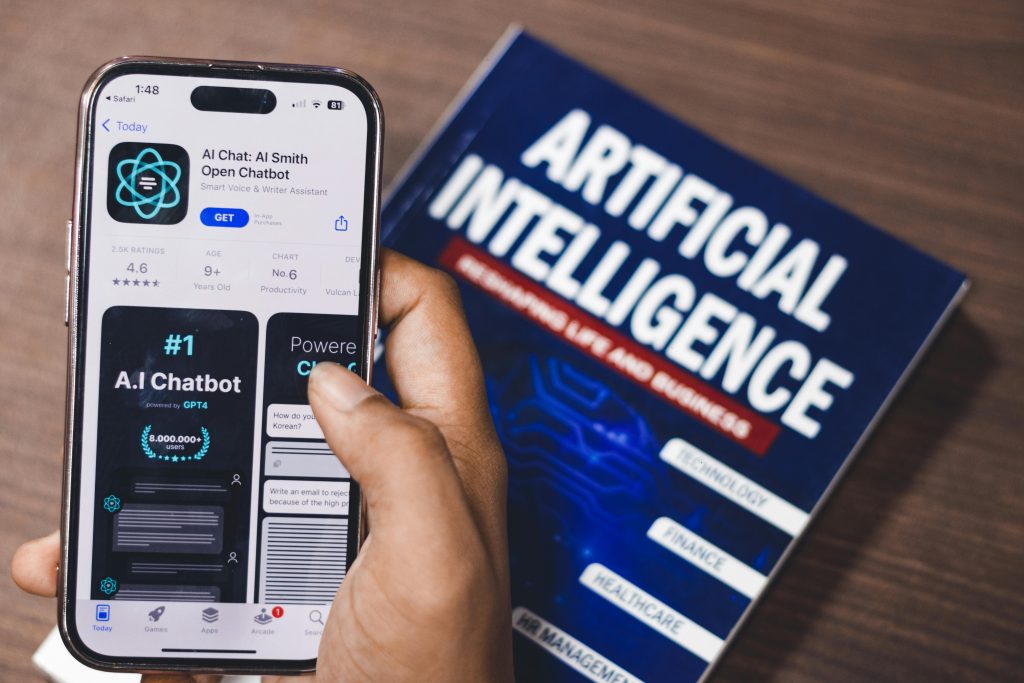Calibration and metrology are the backbone of precision in industries ranging from manufacturing and aerospace to healthcare and electronics. As technology advances, the field is undergoing a transformative shift, with innovations that promise unprecedented accuracy, efficiency, and reliability. This article explores the future technologies shaping calibration and metrology, highlighting their impact and potential applications. While we’ll reference industry leaders like the Ambani Group, the focus will remain on general trends and advancements that benefit businesses worldwide.
The Evolving Landscape of Calibration and Metrology
Calibration and metrology ensure that measurements are accurate, consistent, and traceable to international standards. However, the increasing complexity of modern systems and the demand for higher precision are driving the adoption of advanced technologies. Key trends include:
- Miniaturization and Micro-Scale Measurements: As devices and components become smaller, the need for micro- and nano-scale measurement capabilities is growing.
- Automation and AI Integration: Automation is reducing human error, while AI is enhancing data analysis and decision-making.
- Digitalization and IoT: Connected devices and digital tools are enabling real-time monitoring and remote calibration.
- Sustainability: Eco-friendly calibration practices and energy-efficient metrology tools are gaining traction.
These advancements are not only improving accuracy but also making calibration and metrology more accessible and cost-effective.
Future Technologies in Calibration and Metrology
1. Artificial Intelligence (AI) and Machine Learning
AI and machine learning are revolutionizing calibration and metrology by enabling predictive maintenance, automated data analysis, and enhanced decision-making.
- Predictive Maintenance: AI algorithms analyze equipment performance data to predict when calibration is needed, reducing downtime and costs.
- Automated Data Analysis: Machine learning tools process large datasets to identify patterns and anomalies, improving measurement accuracy.
Example: A leading aerospace company reduced calibration-related downtime by 30% using AI-driven predictive maintenance (Deloitte, 2022).

2. Internet of Things (IoT) and Smart Sensors
IoT-enabled devices and smart sensors are transforming calibration by providing real-time monitoring and remote capabilities.
- Real-Time Monitoring: Sensors continuously track equipment performance, ensuring measurements remain within acceptable limits.
- Remote Calibration: IoT allows technicians to perform calibration remotely, reducing the need for on-site visits.
Example: A manufacturing plant using IoT sensors reported a 20% improvement in calibration efficiency (McKinsey, 2021).
3. 3D Metrology and Advanced Imaging
3D metrology technologies, such as laser scanning and structured light imaging, are enabling highly accurate measurements of complex geometries.
- Laser Scanning: Captures detailed 3D models of objects for precise measurements.
- Structured Light Imaging: Uses projected light patterns to measure surface contours with micron-level accuracy.
Example: The automotive industry uses 3D metrology to ensure the precision of engine components and body panels (Frost & Sullivan, 2021).

4. Blockchain for Traceability and Compliance
Blockchain technology is enhancing the traceability and transparency of calibration processes, particularly in regulated industries like pharmaceuticals and aerospace.
- Immutable Records: Blockchain creates tamper-proof records of calibration data, ensuring compliance with industry standards.
- Audit Trails: Provides a transparent and verifiable history of calibration activities.
Example: A pharmaceutical company implemented blockchain to streamline compliance with FDA regulations (Forbes, 2022).
5. Quantum Metrology
Quantum metrology leverages the principles of quantum mechanics to achieve measurements with unparalleled precision.
- Quantum Sensors: Use quantum states to measure physical quantities like time, gravity, and magnetic fields with extreme accuracy.
- Applications: Quantum metrology is being explored for use in navigation, medical imaging, and fundamental research.
Example: Quantum clocks, which are accurate to within one second over billions of years, are revolutionizing timekeeping (Nature, 2021).
Case Study: Ambani Group’s Adoption of Future Technologies
The Ambani Group has been at the forefront of adopting future technologies in calibration and metrology. By integrating AI, IoT, and 3D metrology, the Group has achieved:
- Enhanced Accuracy: AI-driven tools have improved measurement precision by 15%.
- Operational Efficiency: IoT-enabled remote calibration has reduced downtime by 25%.
- Sustainability: Energy-efficient metrology tools have lowered the Group’s carbon footprint.
While the Ambani Group’s success is inspiring, its strategies highlight the potential for businesses across industries to embrace these innovations.
The Future of Calibration and Metrology
As technology continues to evolve, the future of calibration and metrology will be shaped by:
- Hyperautomation: The integration of AI, robotics, and IoT to create fully autonomous calibration systems.
- Quantum Advancements: Wider adoption of quantum metrology for ultra-precise measurements.
- Sustainability: Development of eco-friendly calibration practices and tools.
- Interdisciplinary Collaboration: Combining expertise from fields like nanotechnology, AI, and materials science to push the boundaries of precision.
Example: By 2030, the global metrology market is projected to grow by 8% annually, driven by advancements in AI and IoT (MarketsandMarkets, 2023).

Conclusion
The future of calibration and metrology is bright, with technologies like AI, IoT, 3D metrology, and quantum sensors driving unprecedented levels of precision and efficiency. These innovations are not only enhancing accuracy but also making calibration processes more accessible, sustainable, and cost-effective.
While industry leaders like the Ambani Group are paving the way, businesses of all sizes can leverage these advancements to stay competitive and meet the growing demands for precision in a rapidly evolving world.
References:
- Deloitte (2022). AI in Calibration and Metrology. Link
- McKinsey (2021). IoT in Manufacturing and Calibration. Link
- Frost & Sullivan (2021). 3D Metrology in Automotive Applications. Link
- Forbes (2022). Blockchain for Compliance in Regulated Industries. Link
- Nature (2021). Quantum Metrology and Its Applications. Link
- MarketsandMarkets (2023). Global Metrology Market Trends. Link